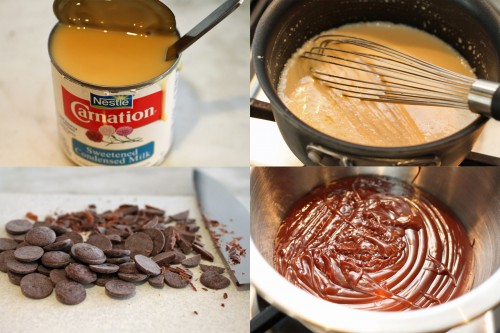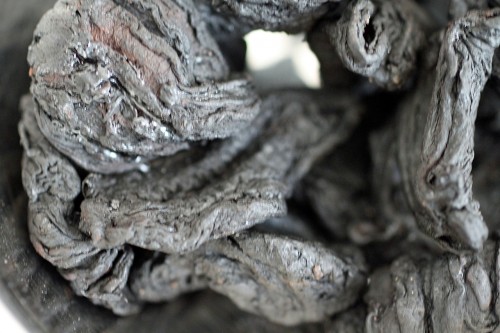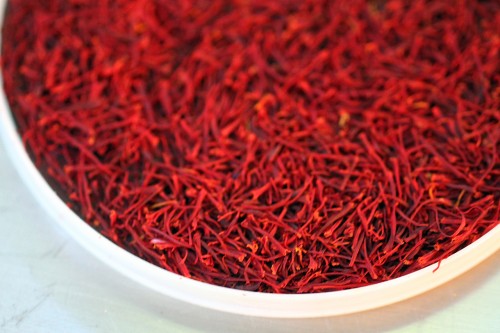Espresso-Chocolate Brigadeiros
I love when I discover a food or dish that is completely a blank slate – a truly adaptable item that you can tailor to your own taste preferences with a few key ingredients. Brigadeiros, another one of my Brazilian discoveries, are precisely that, a docinho or sweet that is enjoyed all over the country. These are effectively little balls of luscious, milk fudge that are ridiculously easy to make and that can be layered with any flavor combo you like.
Now, when I say easy, even that might be an overstatement. It can be as simple as 3 ingredients – sweetened condensed milk, unsalted butter, and whatever you are flavoring are garnishing these little guys with. I found my favorite sweet shop in Rio and kept sneaking a new flavor (or two, who are we kidding) back to my hotel room each day, but my heart really settled on chocolate, which is one of the most popular versions.
So, I will admit, I made the recipe more complicated than the original BUT only in number of ingredients. And, of course, I think using real chocolate in lieu of just cocoa (the tradition) gives it a much richer taste. It’s seldom I go all in on just chocolate in a dessert, so the espresso powder, I think, brings out what’s best about the semisweet chocolate. I would say that the addition of heavy cream, vanilla, salt and corn syrup make this somewhere between a truffle and a brigadeiro – but the result is simply heavenly: rich, thick fudgy bites with that signature mocha flavor. Next time, I plan to use Mexican chocolate, one of my favorite ingredients out there, and see what happens. Enjoy!
Ingredient
Makes approximately 2 dozen brigadeiros
3 tbsps unsalted butter
1 (14 oz) can sweetened condensed milk
¼ tsp kosher salt
3 tbsps heavy cream
1 tsp light corn syrup
½ tsp vanilla extract
1 ¼ tsp instant espresso powder
1 tsp unsweetened cocoa powder
3.5 oz semisweet or bittersweet chocolate, chopped (approx ¾ cup)
Garnish: cocoa powder, chocolate sprinkles or vermicelli, and/or chocolate-covered espresso bean
Procedure
In a small, preferably nonstick, pot, melt the butter over medium-low heat. Add the sweetened condensed milk, salt, heavy cream, corn syrup and vanilla extract and whisk to combine. When the mixture starts to bubble, add the espresso powder, cocoa powder and chopped chocolate and whisk to melt chocolate. Cook on medium-low for 10-15 minutes whisking constantly. The mixture should just lightly bubble around the edges so reduce the heat if it’s cooking too quickly.
When it’s ready, you should see that the mixture will pull away from the sides and slide around the bottom. Transfer to a metal bowl and don’t scrape the bottom of the pot. Let cool for 30 to 45 minutes at room temperature. Cover with plastic wrap and transfer to the fridge.
You want to cool the mixture completely before rolling the brigadeiros. This will take likely between 3 and 4 hours. I actually took the bowl out after 2 hours and used a small, greased ice cream scoop to scoop out 24 equal mounds of the mixture onto a parchment-lined baking sheet. Then, I put it back into the fridge to firm up for another 20 minutes. The increased surface area makes it cool faster.
Make sure your hands are greased and roll the mixture into even-sized balls. Then, it is up to your imagination how to garnish. You can simply roll in cocoa powder or sprinkles. I garnished mine with chocolate vermicelli and a chocolate-covered espresso bean. I think the little paper baking cups make it look adorable. These are best enjoyed at room temperature.
These will keep for 2 days at room temperature if you keep them in an airtight container. In the fridge, they’ll keep for closer to a month. If refrigerating, bring to room temperature before serving.

























































